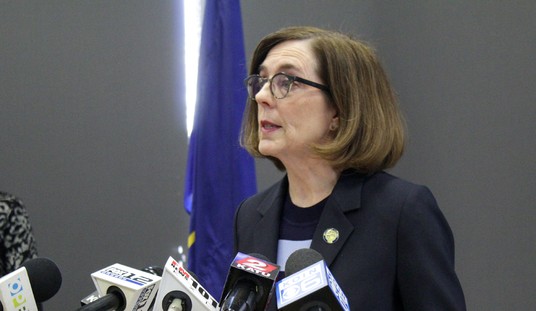At the Washington Post, Amy Gardner offers us a preview of what we can expect to happen on November 3rd when the general election takes place. Or, as the author puts it, what may not happen. Our recent experiences with primary elections that were conducted in large part through the use of mail-in ballots have given us a taste of what that process would look if it’s ramped up to a national scale. Some races, such as the Baltimore mayoral race, took up to a week before a winner was declared. And unless either Trump or Biden wins in a landslide, the same thing could happen with the presidential race.
After voters in Pennsylvania, Georgia and Nevada went to the polls this month, some races hung in the balance for days as election officials waded through thousands of absentee ballots.
On Tuesday, a similar scenario is expected to play out in Kentucky and New York, where officials have already announced that some results will not be available for as long as a week.
In all five states, officials have contended with an avalanche of mail ballots as voters seek to avoid exposure to the novel coronavirus. It was a fresh illustration of how the pandemic is transforming the way elections are conducted in the United States.
It is also a stark preview of what’s coming on Nov. 3 — or, more accurately, what may not be coming: an election night result in the race for the White House.
We’ve gotten used to the idea of going to bed on election night knowing who the next president was going to be. The same goes for most of the down-ballot races. There are exceptions, of course, such as when a race turns out to be close enough to trigger an automatic recount. But the last time we had any such confusion over the presidential race was Bush v. Gore in 2000. (Cue the nightmare clips of people inspecting dangling chads.)
But this would be something entirely different. Races – including the presidential race – might wind up with a sufficient margin between the candidates to easily project a winner relatively early in the evening. But we still wouldn’t know because it’s going to take ages for all of the mail-in ballots to be opened and tabulated.
So is that really a dangerous situation? Gardner describes this scenario as “an unprecedented test of the country’s faith in its elections: an extended period without a declared winner.” While I have my own issues with massive numbers of mail-in ballot counts (just look at Al Franken’s last Senate election), the fears that Gardner expresses aren’t among them. We’d have to be quite a bunch of spoiled brats to complain about having to wait a week to find out who the next president will be. In the days before both transportation and communications were modernized, it frequently took quite a while to find out the official election results.
Even after the Bush-Gore debacle where we waited 35 days for an answer, the country seemed to solider on well enough. And even then, the country wasn’t on pins and needles over the accuracy of the overall count, but the way that the Supreme Court had to be called in to put the issue to rest. If it isn’t a razor-thin margin, I would expect people to generally be accepting of the results if they believe that it was a fair count.
That’s where we come to the real fly in the ointment. People may be willing to wait one week or more for the count to finish so long as they have faith in the count. But we’ve already seen elections where bags of ballots mysteriously showed up in a warehouse or the trunk of somebody’s car. (Again… see Franken, Al.) We’ve also heard too many reports of ballot harvesting, particularly when it comes to more elderly voters. A certain number of mail-in ballots are unavoidable, particularly when it comes to the military and/or business travelers who may be out of town on election day. But if the pandemic swells those numbers anywhere near a majority of the total number of votes cast, there are going to be questions. And it should all be so easily avoidable. If the country is “reopened” by the fall to the point where people can go out to shop and eat and engage in recreational activities (with some new social distancing rules in place) then we should be “open” enough to go to the polls.








